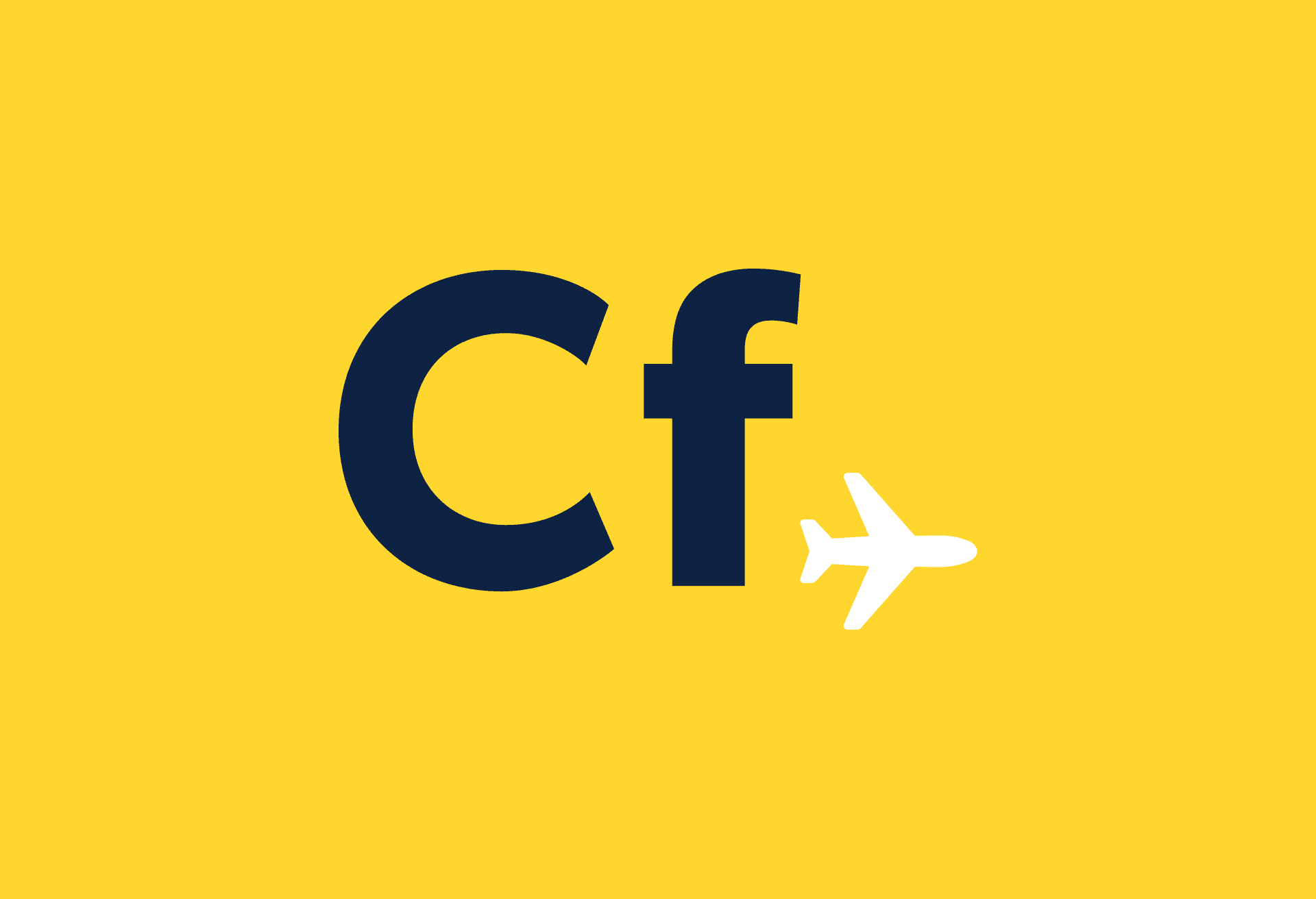Airline statistics are a bit of a bore, until you consider they affect where and how you fly – not to mention how much you have to pay. The International Air Transport Association says international air traffic rebounded nicely this past April. It was up a robust 16.5 percent compared to the same period a year earlier when volcanic ash put the kibosh on lots of transatlantic flying.
“Demand improved significantly in April,” says IATA Director General and CEO Giovanni Bisignani. “Spoiling the party,” were continuing high fuel prices and “demand shocks” such as the Japanese earthquake and resultant tsunami. “The industry is not shockproof,” says the IATA chief.
Here’s the mojo: in order to continue to expand routes, add airplanes and do all those other things that open up your flight options and keep prices relatively reasonable, airlines have got to make a decent profit. When they don’t they cut services, add fees, and curtail routes.
With that in mind, consider these numbers: IATA says 2011 profit projections for the worldwide airline industry have been slashed by a full 54 percent, plummeting from an initially forecast $8.6 billion to $4 billion.
“That we are making any money at all in a year of…unprecedented shocks is a result of a very fragile balance,” says Bisignani. Specifically leaner, more efficient operations and a better economy are working to offset those pesky petrol prices.
Oil prices are now expected to be around $110 per barrel this year, a 15 percent increase over the previously forecast of $96. That directly impacts the price you pay for an airline seat. IATA says for each dollar increase in the average annual oil price airlines are saddled with $1.6 billion in additional costs.
Carriers can react in couple of ways: pack as many people as they can in those airborne aluminum tubes (if you’ve seen any empty seats of late, drop us a line), or cut flights and keep airplanes on the ground. They don’t consume fuel that way. What airlines can’t do is raise prices to the point that people can’t afford to fly. That’s the reason fare sales, discounts and promos continue.
That said, some parts of the planet are seeing significantly more airline seats these days. IATA says:
– Despite the fact Japan’s international traffic has fallen by a full fifth, Chinese and Indian routes tempered the tumble. That meant a 5.1 percent growth in Asia-Pacific for April 2011 compared to a year earlier. That translates into more U.S. flights to China, like Delta’s recent resumption of Atlanta flights to Shanghai.
– North American airlines are seeing really strong growth in international markets. It’s up 11.9 percent compared to last year at the same time. By contrast, things are slow domestically. That part of the pie grew just 1.2 percent. Cheapflights has seen this reality played out day-in, and day-out on the pages of Flight News as new international flights come on line, and not much domestic lift. The upshot: exciting new international routes, and some decent fare sales to go along with them. On the flip side, domestic options aren’t opening up nearly as fast. In some cases, they’re shrinking.
– Latin American airlines are flourishing. They saw a 25.9 percent jump international demand in April versus the same months last year. While that’s the result of more business travel, remember that the price you pay in the back of the airplane is in no small part pegged to how many premium seats the airlines can fill with paying passengers up front.
– European airlines have rebounded nicely this April as compared to last. Traffic grew 29.3 percent. Literally, and figuratively, the ash cloud that troubled transatlantic travel has lifted.
Story by Jerry Chandler
(Image: Kevin)



